The Architectural League of New York has revealed the newest cohort of North America–based practitioners—including three duos and three individuals—to join the illustrious ranks of Architectural League Prize for Young Architects + Designers awardees. Now in its 42nd edition, the portfolio-based annual competition was first established in 1981 as the Young Architects’ Forum and is open to architects and designers less than ten years out of a bachelor’s or master’s degree program.
Each responding to this year’s distress- and displeasure-probing theme of Uncomfortable, the nine 2023 League Prize recipients represent a sizable swath of geography, spanning from the Great Lakes to New England to the high desert of New Mexico. They are Katie MacDonald and Kyle Schumann of After Architecture (Charlottesville, Virginia); Miles Gertler of Common Accounts (Toronto, Madrid); Joseph Altshuler and Zack Morrison of Could Be Design (Chicago and Urbana, Illinois); Sarah Aziz and Lindsey Krug; (Albuquerque, Chicago, and Milwaukee); Daisy Ames of Studio Ames (New York City), and Sean Canty of Studio Sean Canty (Boston).
As with League Prize’s past, the 2023 theme was developed by the Young Architects + Designers Committee, a rotating group comprising previous winners. For the latest cycle, the Committee was composed of Jose Amozurrutia, Germane Barnes, and Jennifer Bonner. Joining Committee members on the competition jury panel were Barbara Bestor, Wonne Ickx, Kyle Miller, and Tya Winn.
In its Uncomfortable prompt, the Committee asked entrants to respond to their own sources of vexation:
“As young designers, we are wrestling with numerous uncomfortable responsibilities: dismantling architectural legacies, challenging traditional paradigms, grappling with the costs of comfort, responding to ecological concerns. Our many discomforts range in scale, context, and urgency. [...] From climate change to labor practices, the sources of our discomfort demand both critical reflection and collective imagination. Are you restless within the discipline’s status quo? How do you respond to discomfort? Whose comfort matters?”
The theme will be further explored in a three-part online lecture series held on the evenings of June 15, June 22, and June 29 as well as a digital exhibition featuring installations created by the winners either onsite in their respective locations or wholly online. More information on the 2023 League Prize programming can be found here.
Below are images of completed and unbuilt works by each 2023 League Prize awardee along with short profiles as provided by the League:
Katie MacDonald and Kyle Schumann | After Architecture
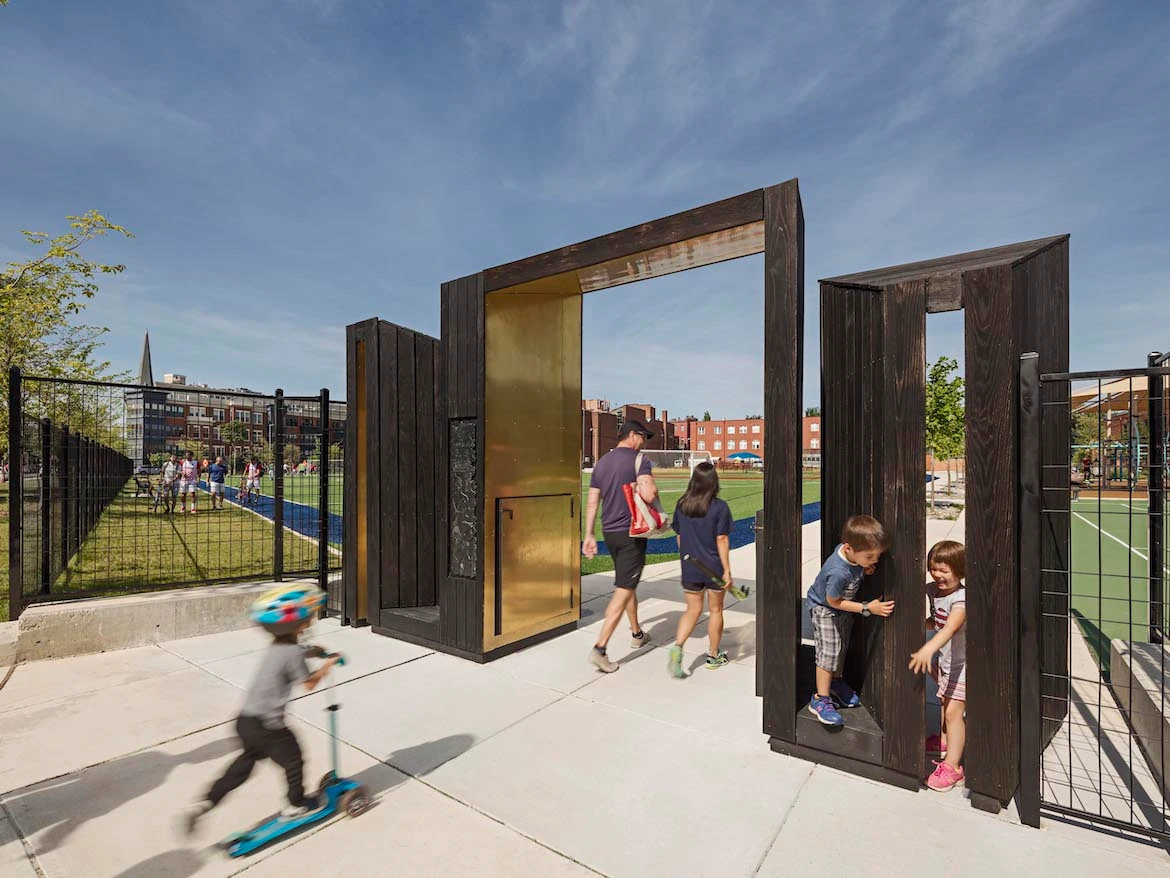
Camp Barker Memorial, Washington, D.C., by After Architecture, with Vinnie Bagwell, Yun Associates, Bruce Baldwin (2019). Image by Sam Orberter
Miles Gertler | Common Accounts
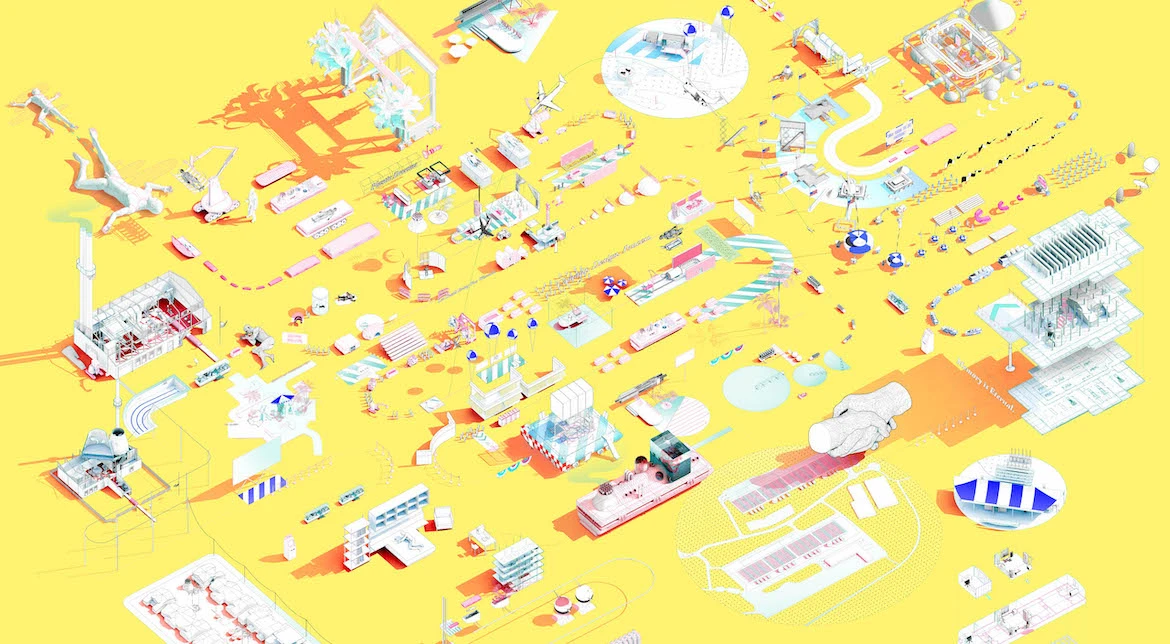
Closer Each Day: The Architecture of Everyday Death by Common Accounts; The Canadian Centre for Architecture, Montreal (2020). Image by Common Accounts
Joseph Altshuler and Zack Morrison | Could Be Design
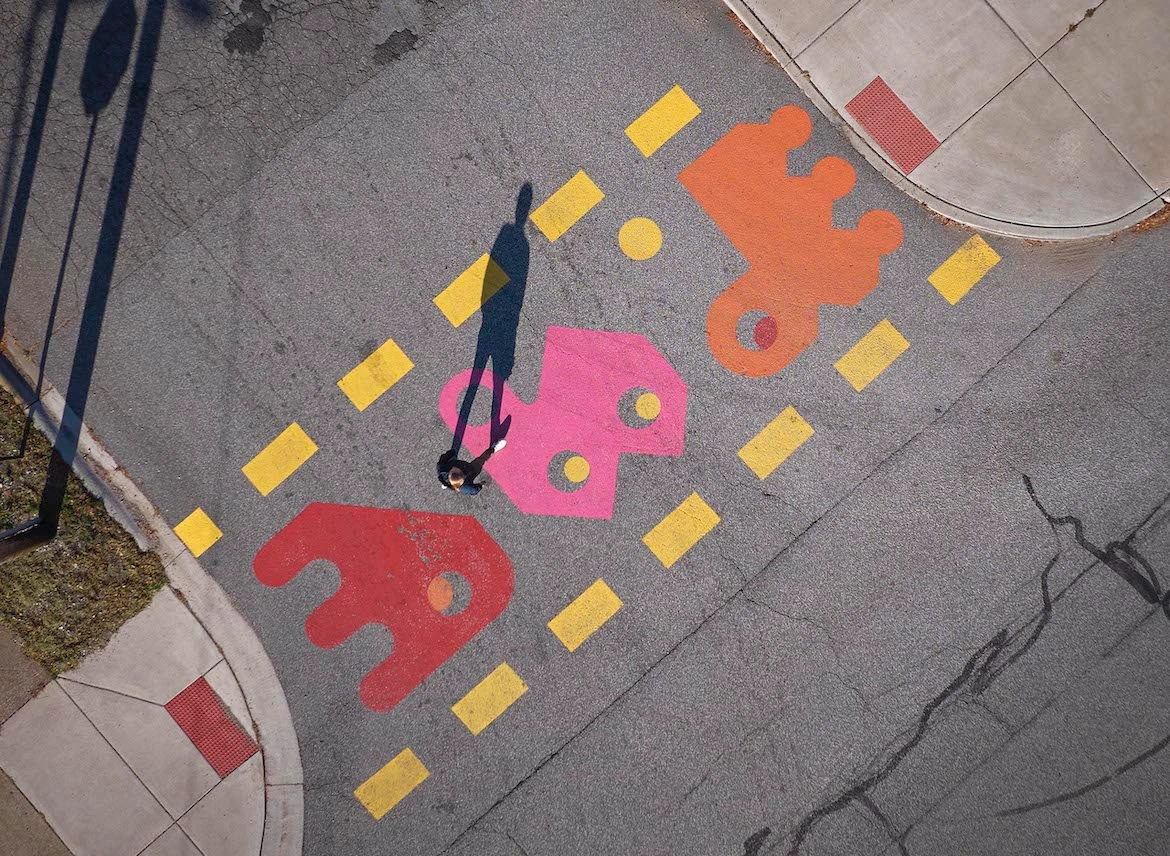
Gary-goyles, Gary, Indiana, by Could Be Design with Andrea Jablonski, Efrain Araujo, Evan Stolatis (2022). Image by Brian Griffin
Sarah Aziz and Lindsey Krug
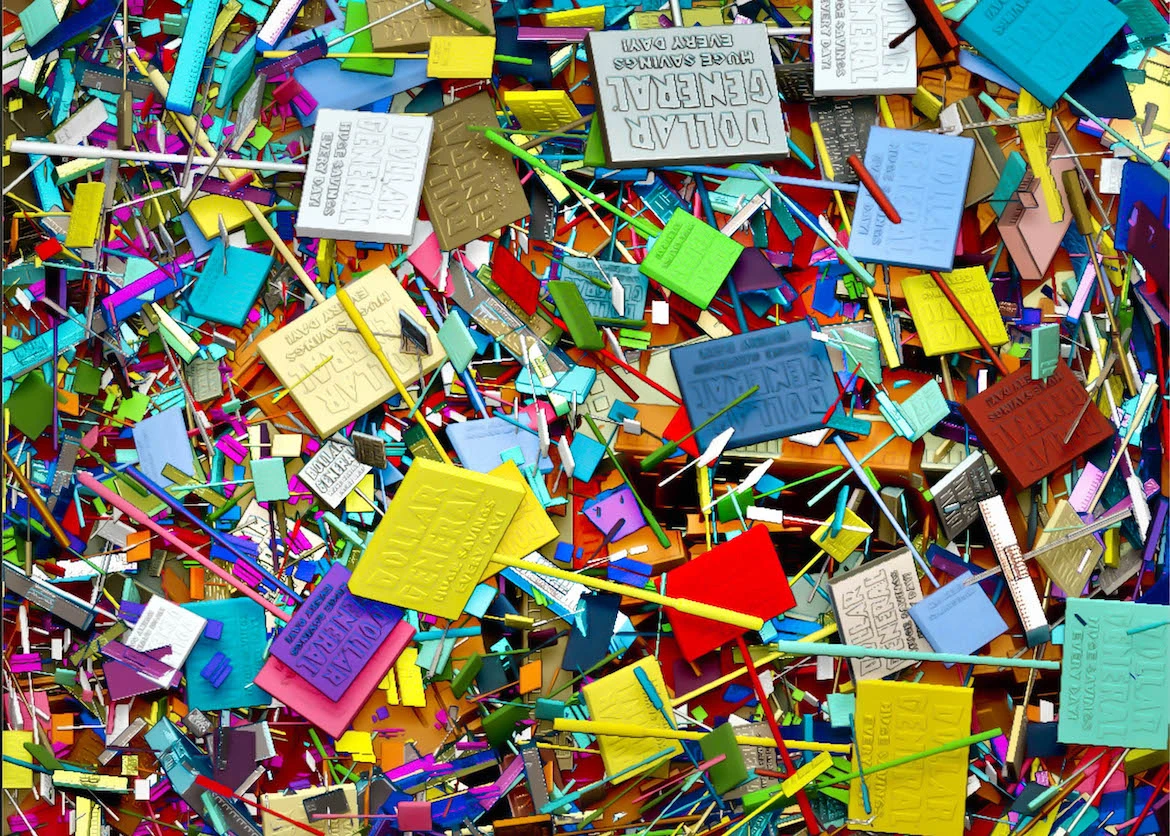
Mono-Poly-Dollar by Sarah Aziz and Lindsey Krug (2022). Image by Sarah Aziz/Lindsey Krug
Daisy Ames | Studio Ames
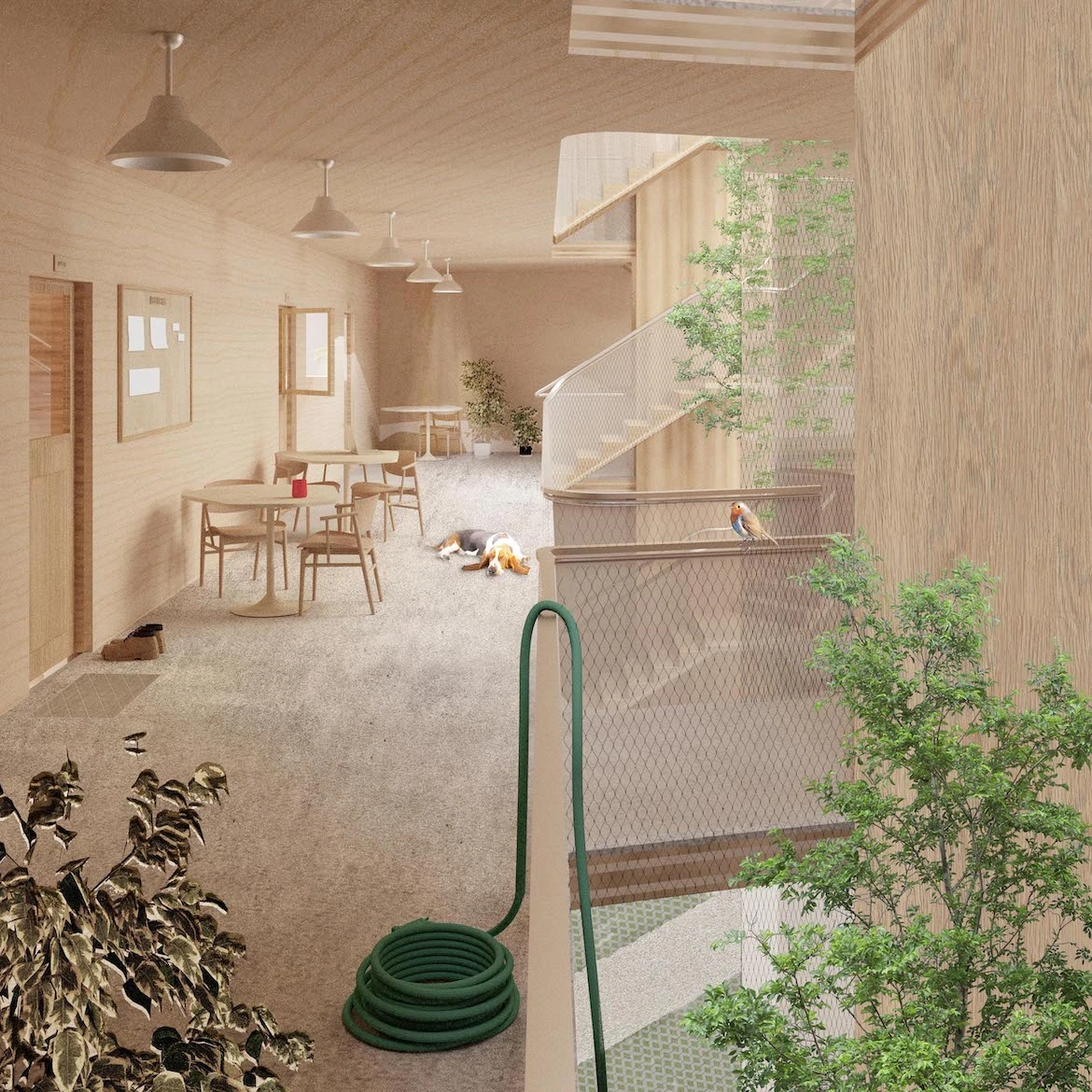
Supportive Housing Project, Bronx, New York, by Studio Ames (2022). Image by Studio Ames
Sean Canty | Studio Sean Canty
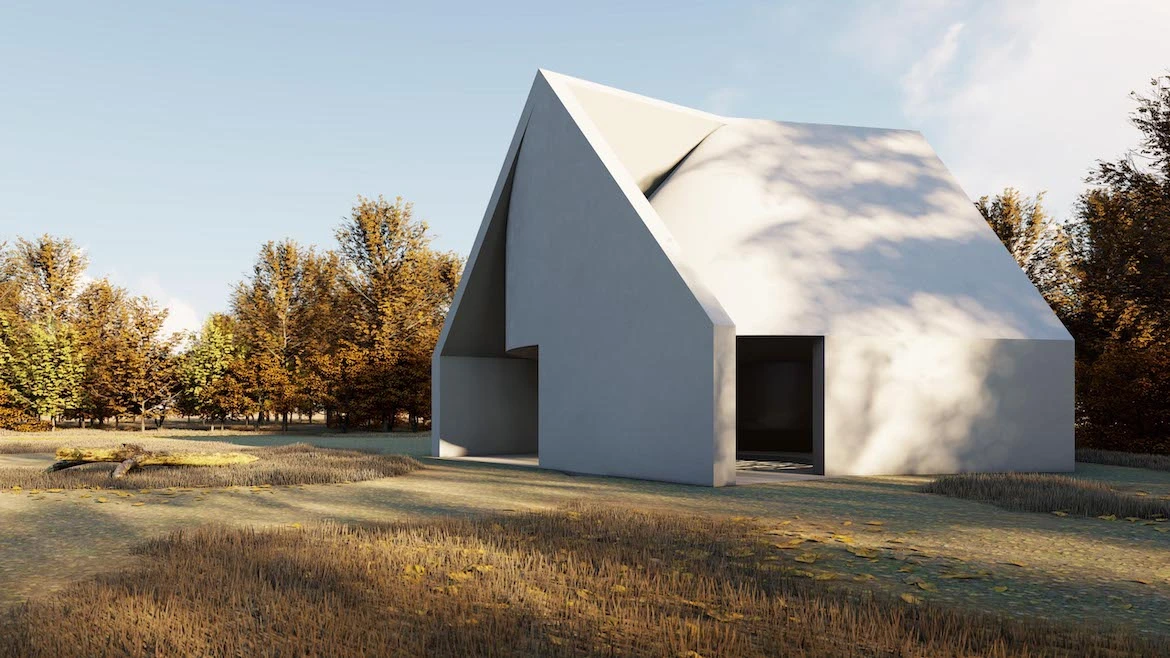
Folly Pavilion (unbuilt), Elliot, South Carolina, by Studio Sean Canty (2019). Image by Studio Sean Canty



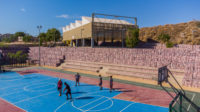
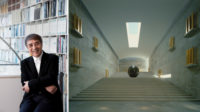
Post a comment to this article
Report Abusive Comment